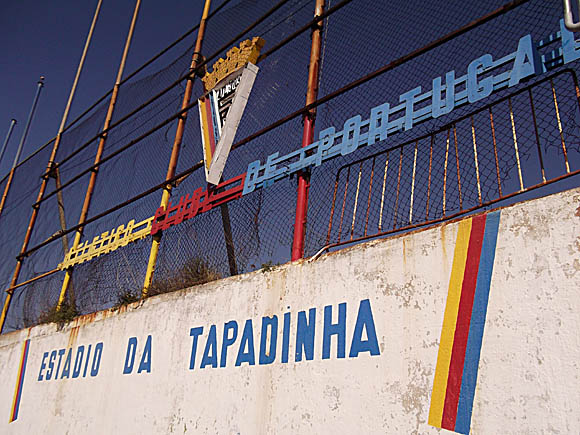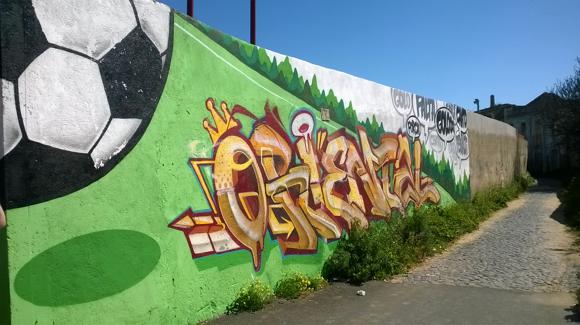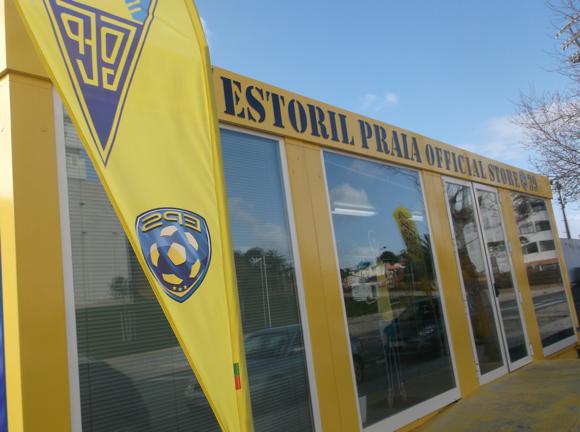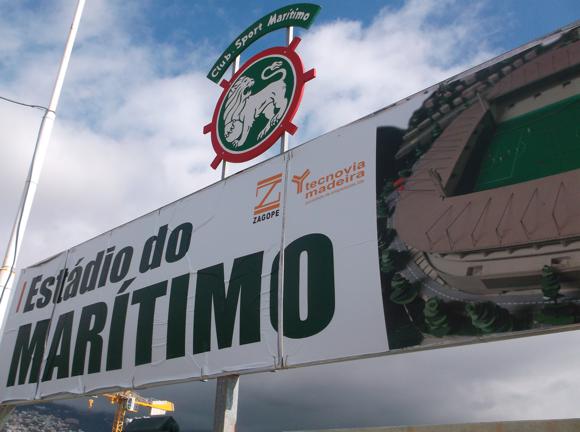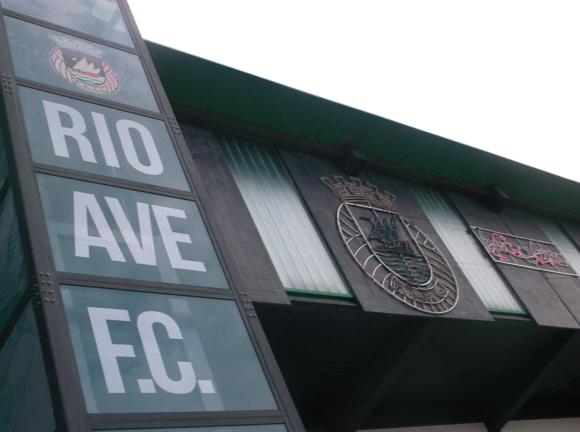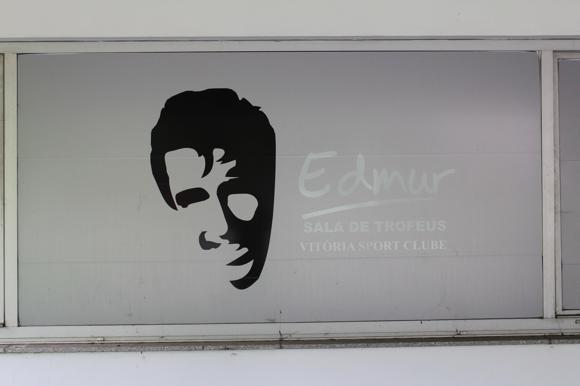A fan’s guide – the club from early doors to today
No-one in the Portuguese game has claimed as much silverware as Benfica, although it’s now more than 60 years since their legendary back-to-back wins of the European Cup.
These were achieved with the equally fabled Eusébio as the figurehead, his statue standing proud outside the club’s Estádio da Luz, the original Stadium of Light, named after the namesake district of northern Lisbon.
As the sun sinks behind it, a golden glow falls over Benfica’s all-time top scorer in full flow, powering in one of his 473 goals in 440 competitive games. This decade and a half, through the 1960s and early 1970s, saw Benfica wrest control of the key prize from Real Madrid and elevate the club onto the pantheon of truly great European clubs.
However many seasons the Eagles have let (mainly) Porto soar above them in the Primeira, however many disappointing Euro campaigns since, this will always be the great Benfica, the stadium tour everyone wants to make, the museum they all want to visit.

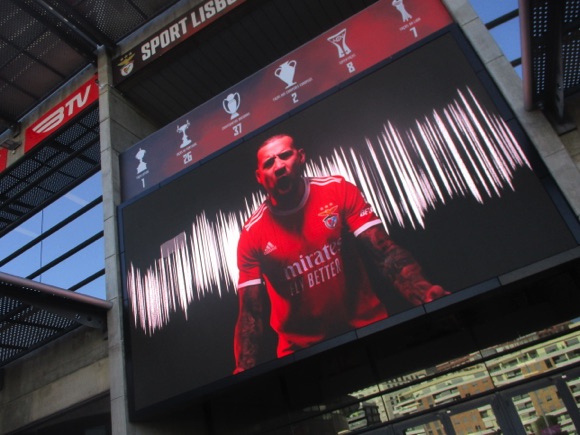



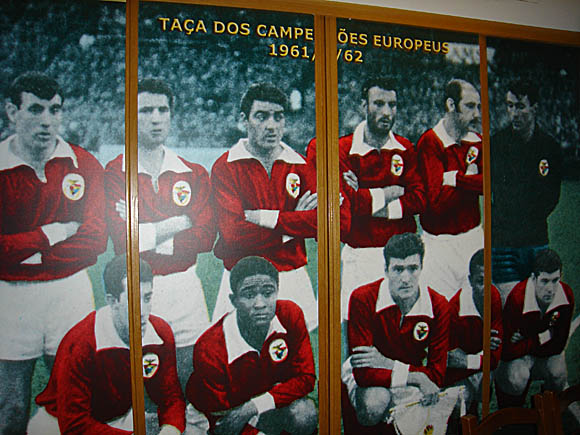

Benfica were formed in 1904. Adopting red shirts and the motto ‘E Pluribus Unum’, ex-pupils of a school in Belém led by Anglophile Cosme Damião had met at the Franco Pharmacy. One fraction represented a smaller club with an eagle badge but no ground; another fraction had access to the village pitch at Benfica.
Thus was born the most successful club in Portuguese football, and one of Europe’s most endearing and enduring names. Soon there was rivalry as well, as contemporary football aficionados formed Sporting.
Playing first for local then national titles, Benfica became a multi-sport operation, the football team sharing domination of the Portuguese game with Sporting.
Both built impressive arenas in the mid-1950s, on the eve of European competition, Benfica’s in the area of town known as Luz. When word reached Lisbon of an African player with a shot like a rocket, Benfica beat Sporting to his signature, bending Damião’s age-old club rules to allow a foreigner to sign. The rest is history.
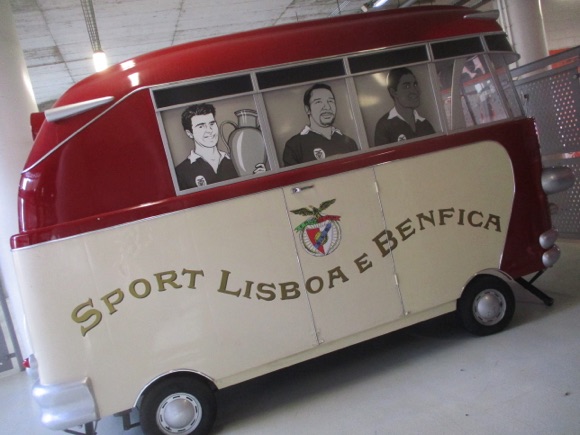
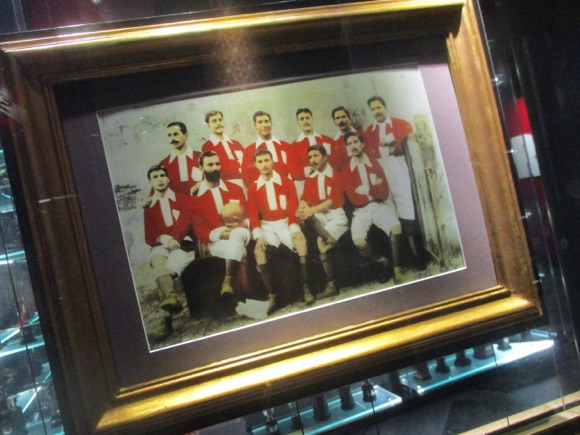


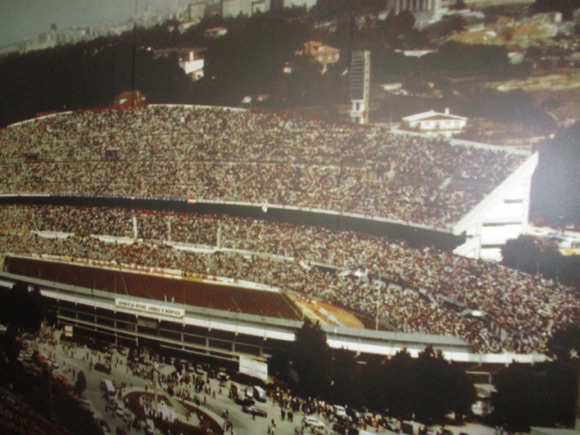

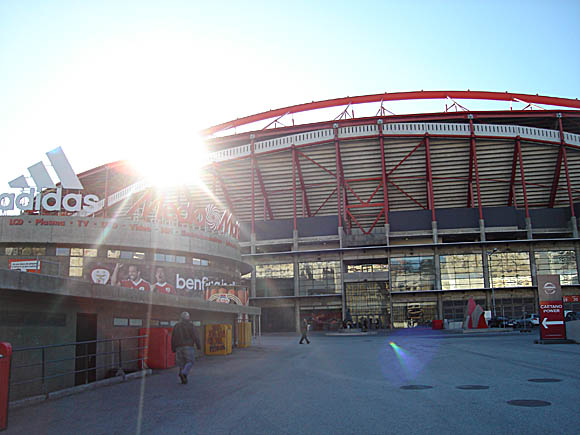
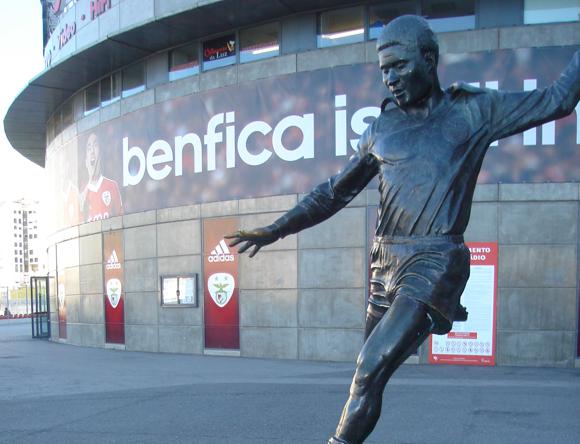
With Eusébio, Benfica first dominated Portugal, then Europe. The Eagles broke Real Madrid’s monopoly on the European Cup in 1961 and 1962, and made three more finals that decade. Equally vital was coach Béla Guttmann, a Hungarian Jew who had starred for the influential MTK side of the 1920s, survived a Nazi labour camp and escaped shortly before being hauled off to Auschwitz.
Notoriously capricious – he quit coaching Kispest in 1947, on the eve of their transformation to the great Honvéd, due to a spat with a young Ferenc Puskás – Guttmann came to Porto by way of South America, led them to overtake Benfica to nab the Portuguese title in 1959, before switching sides.
Guttmann made the club’s promising youngsters – central midfielder Mário Coluna, wingers José Augusto and António Simões – first-team fixtures, and famously picked up on Eusébio after a conversation in a barber shop with a Brazilian coach who had seen him on tour. The wily Magyar duly brought the 19 year old from Mozambique to Lisbon.


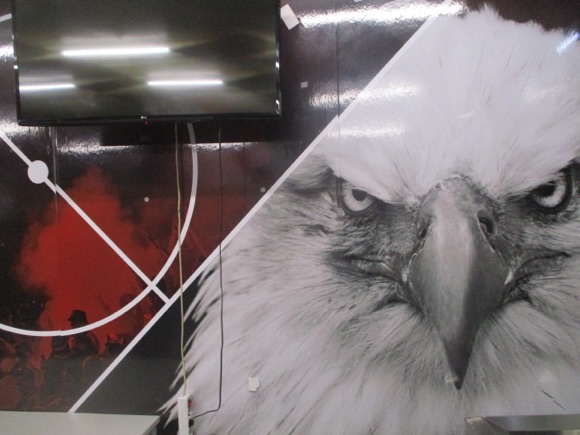


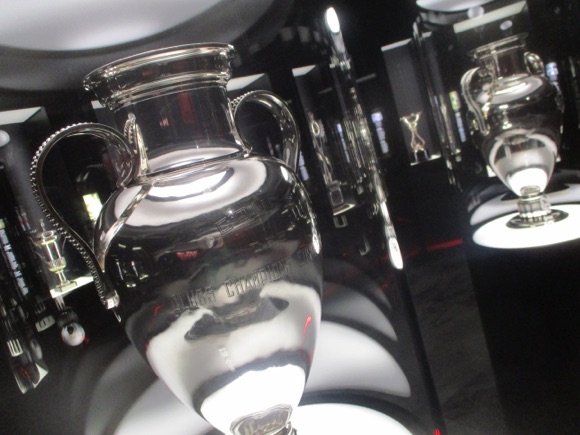


First, Benfica shocked the football world by beating a Barcelona side packed with high-quality Hungarians 3-2 in Berne, after the Catalans had knocked five-time winners Real Madrid out of the European Cup in an earlier round. A year later, joined by Eusébio, Guttmann’s men held on to the trophy by responding quickly to a first-half Puskás hat-trick for the Spanish giants. A brace in five minutes by the young African settled matters on 5-3 and ended Real’s golden era.
In 1963, Benfica again made the final but by then, Guttmann had long gone, storming out after being refused a pay rise after the Real victory. As urban myth would have it, he placed a curse on the club never to lift the European Cup again.
Five finals have come and gone, from a 2-1 post-Guttmann loss to Milan at Wembley to 1990, and still those two trophies, of the old design with the smaller ears, keep each other company in the club museum.
The most dramatic defeat came in 1968, a revisit to Wembley and a masterclass from Manchester United’s George Best in extra-time. Eusébio could have put the game to bed late in normal time but for two spectacular saves from Alex Stepney, eliciting applause from the Benfica star.


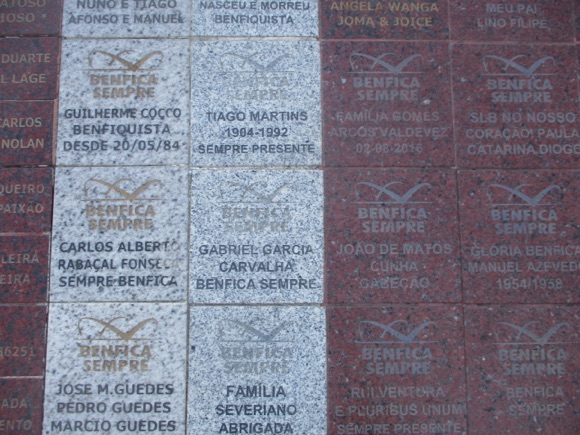
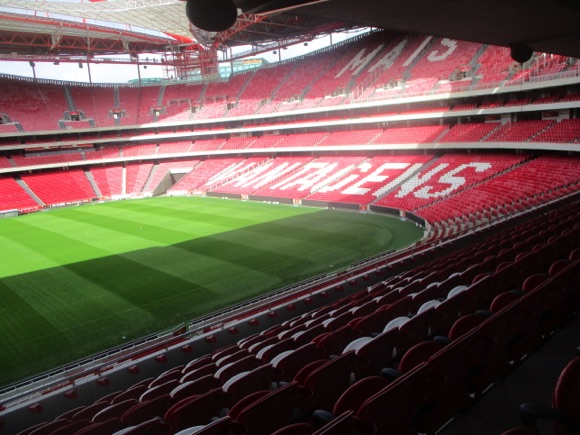
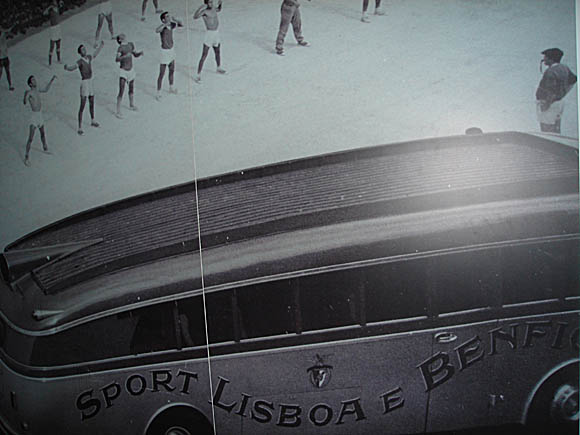
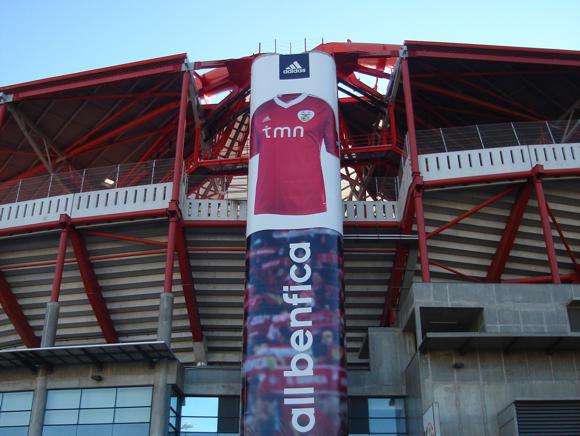
In the 1970s, Eusébio’s Benfica still dominated at home but, as an international force, their moment had gone. The club banked all on European success, expanding the Estádio da Luz and bringing in coach Sven-Göran Eriksson.
Three more European finals came and went. The debt-ridden 1990s were bookended by a complete revamp of the Estádio da Luz for Euro 2004, Eusébio’s statue placed outside. Meanwhile Porto gained a stranglehold on the domestic game.
In 2012-13, Benfica took their northern rivals to the last game of the season, only to lose, the same as they lost the cup final to Vitória Guimarães and the Europa League final to Chelsea thanks to a 93rd-minute header by Branislav Ivanovic.
After being Europe’s unluckiest club in 2013, Benfica picked themselves up to win four league titles in a row, including the double in 2017. The Eagles also reached another Europa League final in 2014, after the 93rd-minute disappointment of the year before. Porto’s monopoly of the Primeira Liga was well and truly broken.
During the campaign, the death of Eusébio’s had not only given rise to three days of national mourning but galvanised everyone at the club, built on the skill of a barefoot orphan from the slums of an African capital.


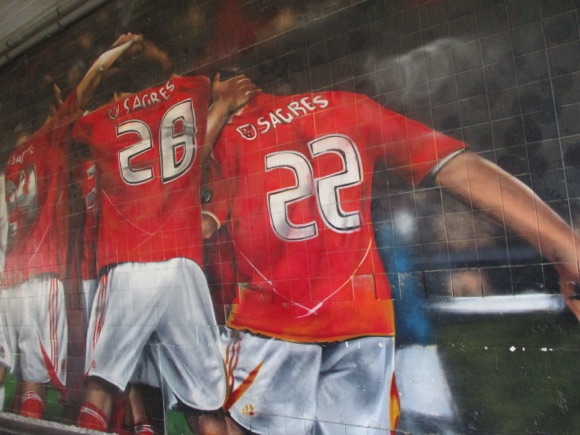
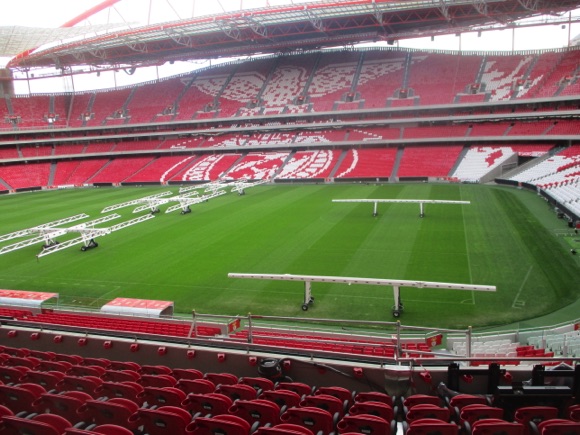

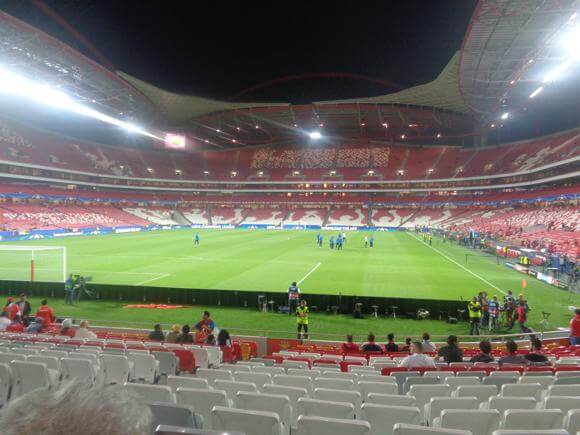
The goals of Brazilian striker Jonas were the key to the league triumph of 2014-15, though Benfica flopped badly in the Champions League and manager Jesus was not retained. A youth coach at Benfica in the mid-2000s, Rui Vitória then led the Eagles to a third straight title in 2016, away form a major factor and Jonas still way ahead in the scoring charts.
A more measured campaign in 2016-17 saw reliable midfielder Pizzi as the key influence, the double achieved with a 2-1 win over Guimarães at the Estádio Nacional.
Rui Vitória’s side lost the battle to make it five in a row in 2018 – but four was already one better than the consecutive titles achieved by the most famous Benfica side in history, the one starring all-time club legend Eusébio in the 1960s.
Relatively untried Bruno Lage then stepped out of Rui Vitória’s shadow to take over halfway through the 2018-19 campaign to claim a 37th league title, his side scoring over 100 goals in the process. Nearly a quarter came from Swiss international striker Haris Seferović.



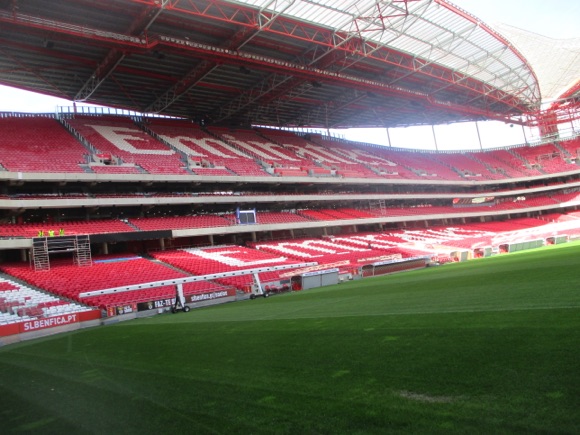


Another Benfica legend, Rui Costa, returned to the Stadium of Light in 2021 as club president, having impressed Eusébio as a boy, starred in the midfield as a youth and a veteran, and become sporting director in the early 2000s. More than anyone, ‘The Maestro’ appreciated the potential riches nurtured day in, day out, at the club’s legendary academy.
A Serie A star whose career started at the age of five in the red of Benfica, Rui Costa now oversaw the rise of prolific striker Gonçalo Ramos. The second-youngest striker to score in the Champions League, in a ding-dong 3-3 draw with Liverpool at Anfield in 2022, Ramos made everyone sit up and take notice when he replaced Cristiano Ronaldo at the 2022 World Cup in Qatar.
Deployed in Portugal’s first knock-out match against Switzerland, Ramos grabbed the headlines with his hat-trick debut in the tournament. His run of form continued for Benfica during the 2022-23 campaign, when he became the club’s youngest player to reach 25 goals in a league season since… Eusébio in 1962-63. As another title beckoned for Benfica, a bright future loomed for the boy from Olhão.


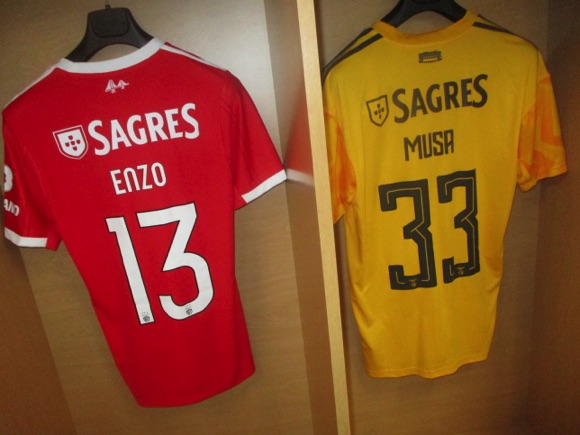



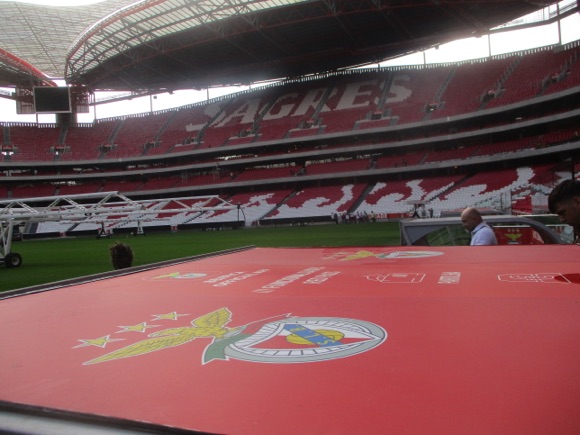

Stadium Guide
The field of dreams – and the stands around it



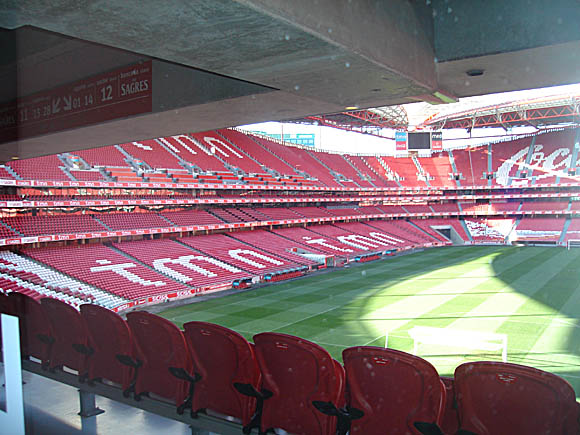
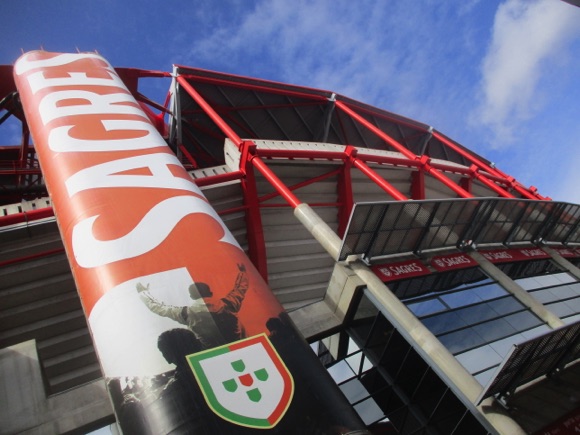





Known by locals as ‘A Catedral’ and by foreigners as the ‘Stadium of Light’, the Estádio da Luz first saw the light of day on December 1 1954. Originally holding 40,000, increasing gradually to 70,000, the Estádio da Luz ballooned in the 1980s to an official capacity of 120,000 but big matches saw more than 125,000 squeezed in before individual seating was installed in the mid 1990s.
Soon afterwards, with Euro 2004, the decision was taken to knock it all down and start again. Project Luz was the responsibility of Damon Lavelle and his HKO Sport team of architects, who provided Sydney with its Olympic Stadium. Lavelle remained true to the concept of the original Luz, keeping its red arches and allowing for a capacity of 65,000.

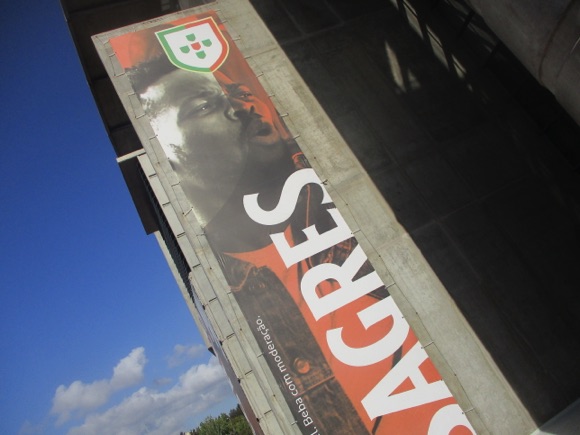
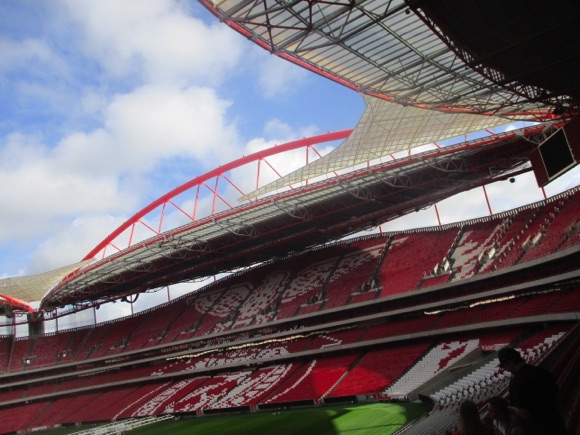


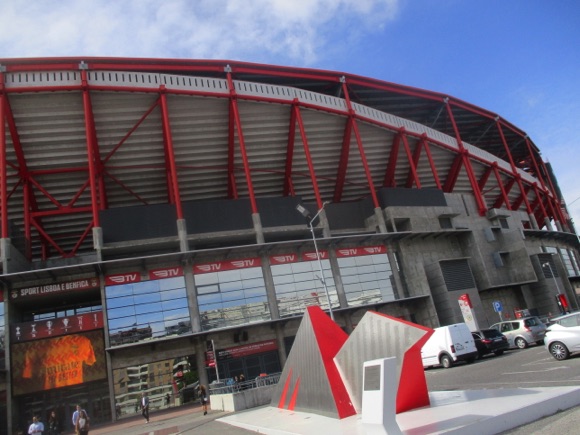
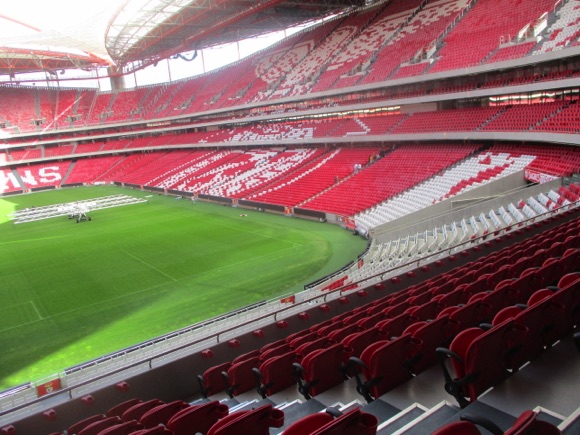

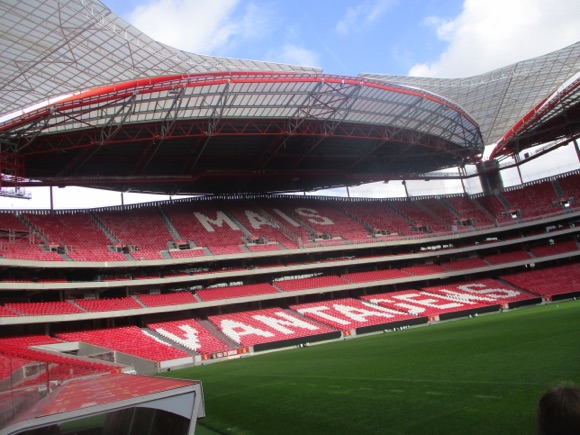

Around it is a modern complex of shops, restaurants and a health club. Eusébio’s statue remains sacrosanct and the stadium bars are second-to-none.
The stadium comprises four rings, above three storeys of underground parking. There are health clubs on levels two, three and on the bar-lined fourth, and a business centre on level 3. Benfica’s hard-core No Name Boys occupy a corner of Sagres stand behind the goal.
The local Diabos Vermelhos fans occupy a corner of the Coca-Cola end facing it, away fans the opposite corner of the same stand. The sideline stands holding the prime seats have changed sponsors and are now named meo and tmn.
getting here
Going to the stadium – tips and timings

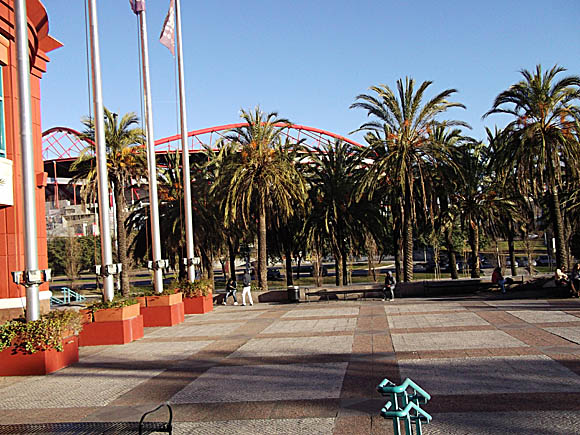
The closest metro station of Colégio Militar/Luz on the blue line is now part of a mall, the Centro Comercial Colombo. You’ll see the signposted stadium through the palm trees as you exit. Bus 767 connects with Campo Grande, and Sporting.
getting in
Buying tickets – when, where, how and how much





Ticket prices start at €25 for a seat on level 0 or 3 in the Sagres or Coca-Cola ends, where it’s €35 in level 1. A good seat in the meo or tmn stands is €60. Customers must register to buy online through the club website.
There’s a ticket office on Praça Cosme Damião nearest the Colombo mall and one on the other side of the stadium before the Benfica Megastore. These open 9am-9pm daily and from 9am on match days. Tickets are otherwise available at the Megastore itself.
what to buy
Shirts, kits, merchandise and gifts
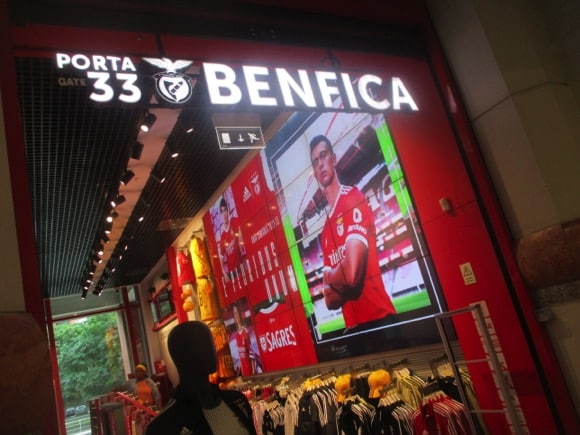







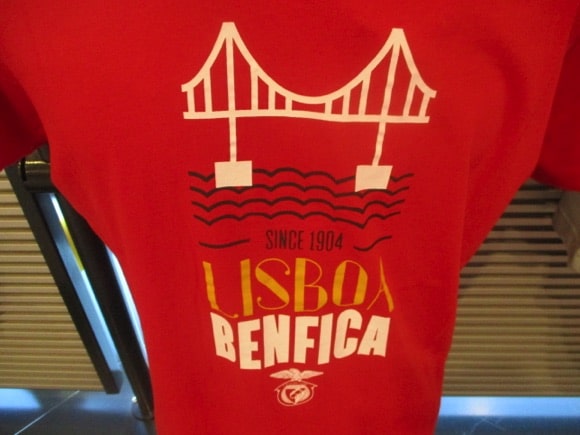
The Benfica Official Store (daily 9am-10pm).is tucked inside the entrance of a separate commercial building just by the Eusébio statue. It does a nice line in retro, open-collar Benfica shirts from the early 1960s – the stock is otherwise fairly standard if plentiful.
There’s another outlet close by, at street level (store 0514) of the Colombo mall by the nearest metro station, called Porta 33 (daily 10am-midnight), and another near Rossio in the city centre at Rua das Portas da Santo Antão 55 (daily 10am-10pm).
The Benfica store at the airport operates Mon-Thur 8am-5pm, Fri-Sun 8am-8pm.
Museum & tours
Explore the club inside and out





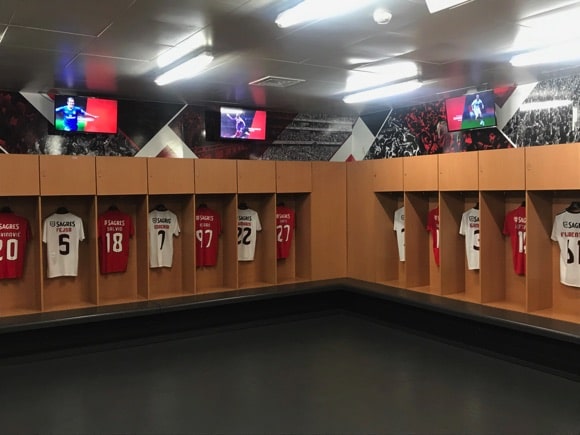

You have the choice of a visit to the museum (€10), the stadium tour (€12.50) or enjoy both (€17.50, daily 10am-7pm, first tour 9.30am). Meet at Gate 17 shortly before your tour time. They’ll try and flog you a photograph even before you set off, but otherwise Rita or one of her colleagues presents a friendly, relaxed but informative guided walk around the hallowed areas of the Estádio da Luz in English and Portuguese.
The visit includes full access to the stands, the pitch and away dressing room – the home one is reserved for Benfica players only – but you can get pitchside. Braver visitors can try and befriend the club mascot eagle, Vitória, one of three, but out of Glória and Lux, she’s the one who gets to fly around the stadium before kick-off for an extra helping of salmon and chicken.



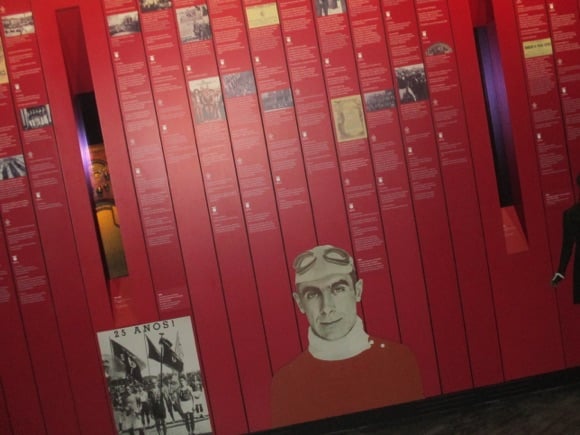
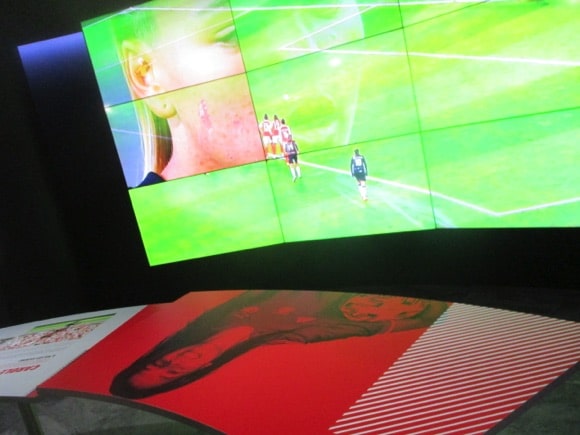

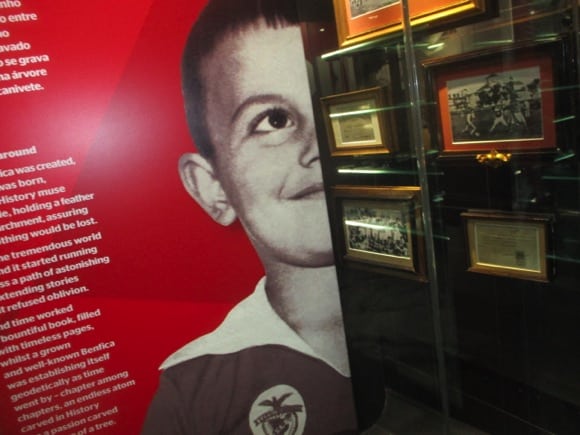
As for the museum, you could spend hours here delving into their forensic history of one of the decorated clubs in Europe. As soon as you walk through the doors, you know you are in the midst of greatness. Dazzling silverware is everywhere to be seen, not least at the entrance which celebrates the club’s record 38th title in 2023.
The Eusébio section is fascinating and one aspect of the virtual reality and holograms that really works – the great man sits humbly between by his peers, Pelé, Di Stéfano and Bobby Charlton, while they lavish him with praise. The final attraction is pretty spectacular, transporting you up in a huge lift for seven minutes, surrounded by footage of fans pouring out their affection for Benfica.
You’re left at the shop, of course, but with a free gift of a fridge magnet and a discount on merchandise.
Where to Drink
Pre-match beers for fans and casual visitors








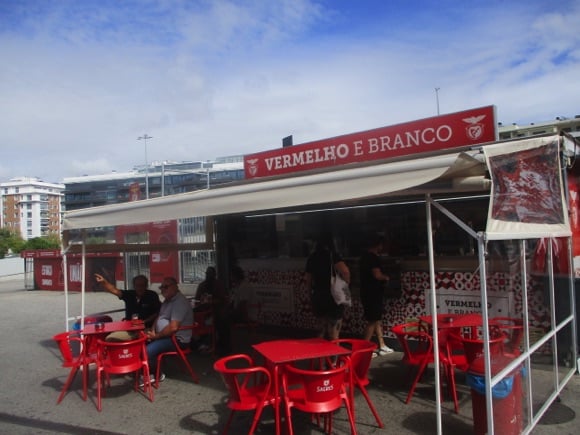
On your way to the match, you can might want to nip into Lisbon Burguer near the Upon Lisbon hotel on Rua João de Freitas Branco. It’s far more than just a fast-food joint but a convivial, open-plan bar/restaurant done out with urban art themed around Lisbon, though most will be drawn to the match action on TV. Cider and wheat beer widen the draught options, along with Super Bock, plus Carlsberg by the bottle.
Burgers are also the mainstay at STAY, the bar/restaurant attached to Upon Lisbon, the quality urban hotel overlooking the stadium. It’s trying a bit too hard to be funky but prices are reasonable considering the surroundings, staff are lovely and the terrace looks out onto the stadium just across the footbridge.
Cross it and you find the Snack-Bar O Sintético beside the training pitch, providing parents with beer and coffee while they watch their young Benfiquistas being put through their paces. Ahead is the Eusébio statue and the stadium, a little further to your left is Vermelho e Branco, a little snack outlet with red plastic tables and chairs outside, customers shaded by an awning as they sip their affordable domestic beer and scoff a standard Portuguese snack.


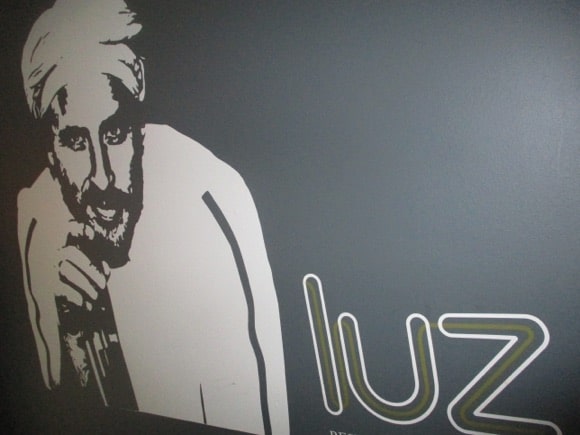
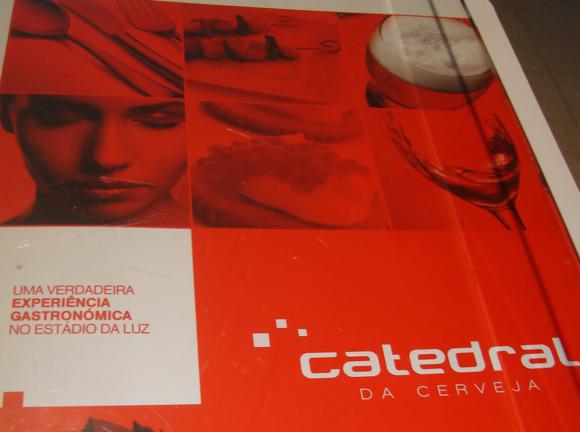
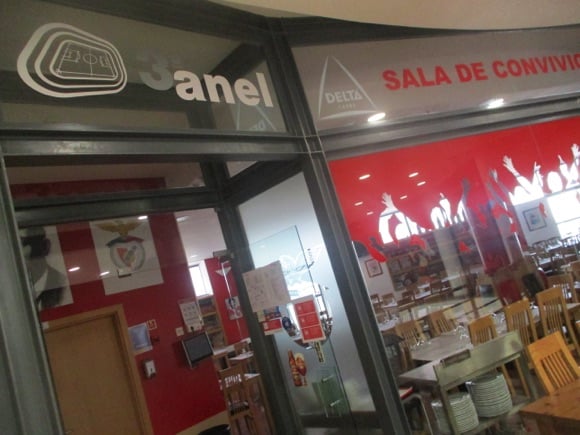

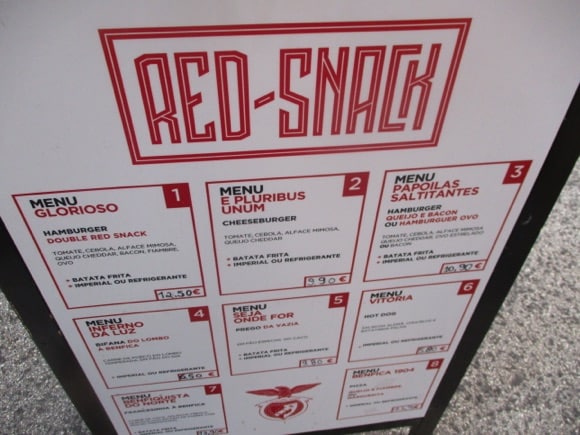

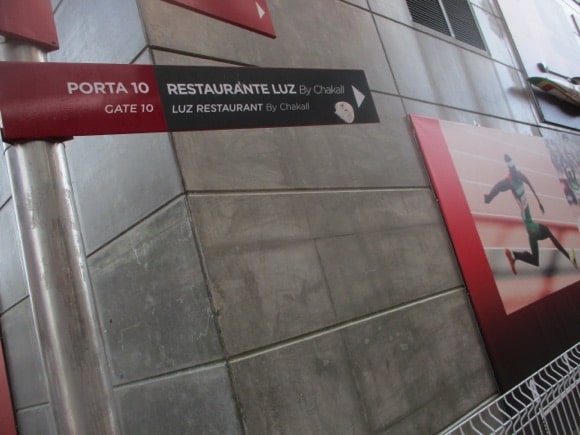
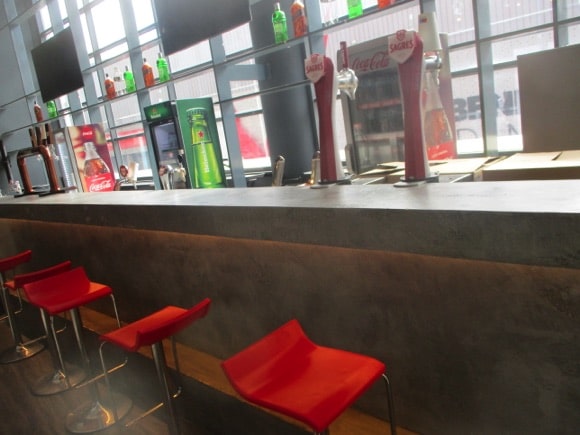

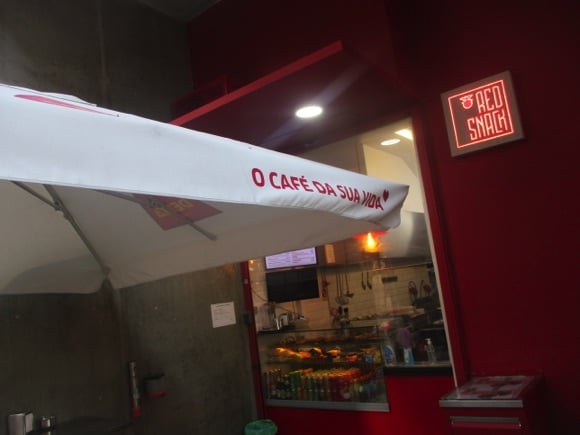

Opposite, on the upper level of the commercial centre housing the Official Store, the 3o anel (Mon-Fri noon-10pm, Sat-Sun noon-3.30pm, match days vary) serves Portuguese specialities in three rooms, one covered in huge Eusébio-era photographs where veterans gather on card-playing afternoons.
At the opposite end of the building, the Red-Snack is more basic, serving family-friendly eats to customers seated on chairs themed around famous Benfica players.
At gate 10/11, the former Catedral do Cerveja is now Luz, as upscale as the wall of wine suggests as you walk in. On match days, it offers a dinner-and-ticket package – the rest of the week, it allows you to enjoy a drink backdropped by the pitch a sliding glass door away.
The food is prepared by Argentine chef Chakall, who brings the flavours of the homeland to Lisbon, with a little Italy and Lusitania thrown in.



